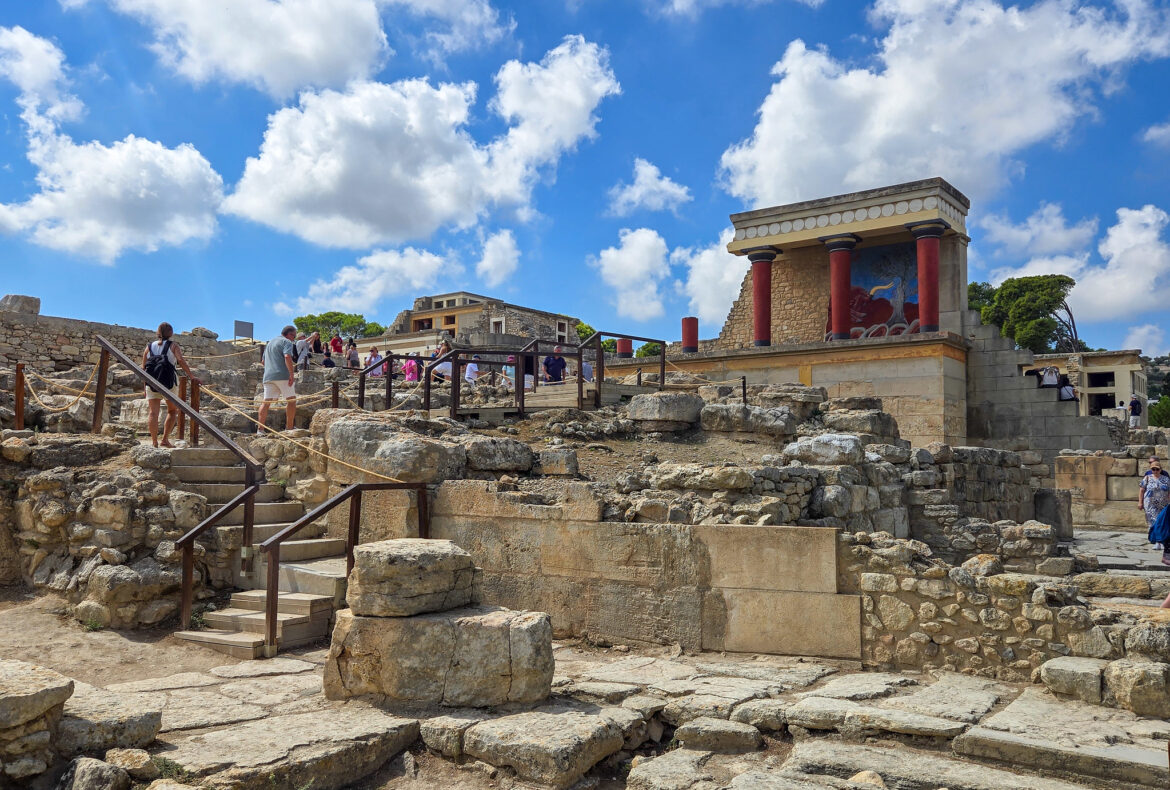Olympia is one of the most significant archeological sites in Greece. One can easily imagine the original Olympics when wandering among the columns and platforms of these ruins. There still remains enough vestiges and artifacts from the Birthplace of the Olympics to go back in time for perspective. As an Acupuncturist-at-Sea I spent a day wandering this marvel amongst the apex of spring bloom. So, read on to learn about the highlights and why the best time is spring for an Olympia Greece travel destination ruins tour.
Background of Olympia, Greece’s Original Olympics
Located on the Peloponnese peninsula in Greece, Olympia is where the original Olympic games played. It lies in the Alfeios River valley, about 18 km from the Ionian Sea. The Olympic Games happened every 4 years for over 1,000 years from the 8th century BC to the 4th century AD. The games encompassed much more than sports. Moreover, they symbolized the peace and nobility of healthy competition, with just the reward of an olive wreath.
Besides the Olympic games, the site also a significant Panhellenic religious sanctuary of ancient Greece. It dedicates to Zeus, the father of the 12 Olympian Gods and his consort, Hera. Also called Altis, this was the sacred grove and sanctuary of Zeus. Furthermore, it had over 70 buildings, such as, the Temple of Zeus, Temple of Hera, Palaestra and the Philippeion. Furthermore, the great altar of Zeus is where most the great sacrifices happened. There are also various sculptures like the famous Hermes of Praxiteles and the statue of Nike of Paionios.
My Springtime Olympia Greece Travel Destinations
From the cruise port, Katakolon, I took off solo on the modern train 25 miles to Olympia, arriving in 45 minutes. The archeological site is walking distance from the train. I did not take a tour and just wandered the complex on a spring afternoon in April. Little did I know, that I arrived during one of the best times, as this is when the wildflowers and Judas trees are in full bloom. Overall, I was awestruck by the numerous purplish-mauve Judas blooming trees and yellow wildflowers, alongside the remaining stone platforms and Doric columns. This is such a beautiful contrast of the ancient sacred ruins, illuminated by the new colors of spring.
I felt like taking it all in without a tour. It was such a beautiful spring day and it felt fantastic to be in such a historic place at my own pace. I wandered for at least a couple hours and took amazing photos, displaying the flowers alongside the ruins.













